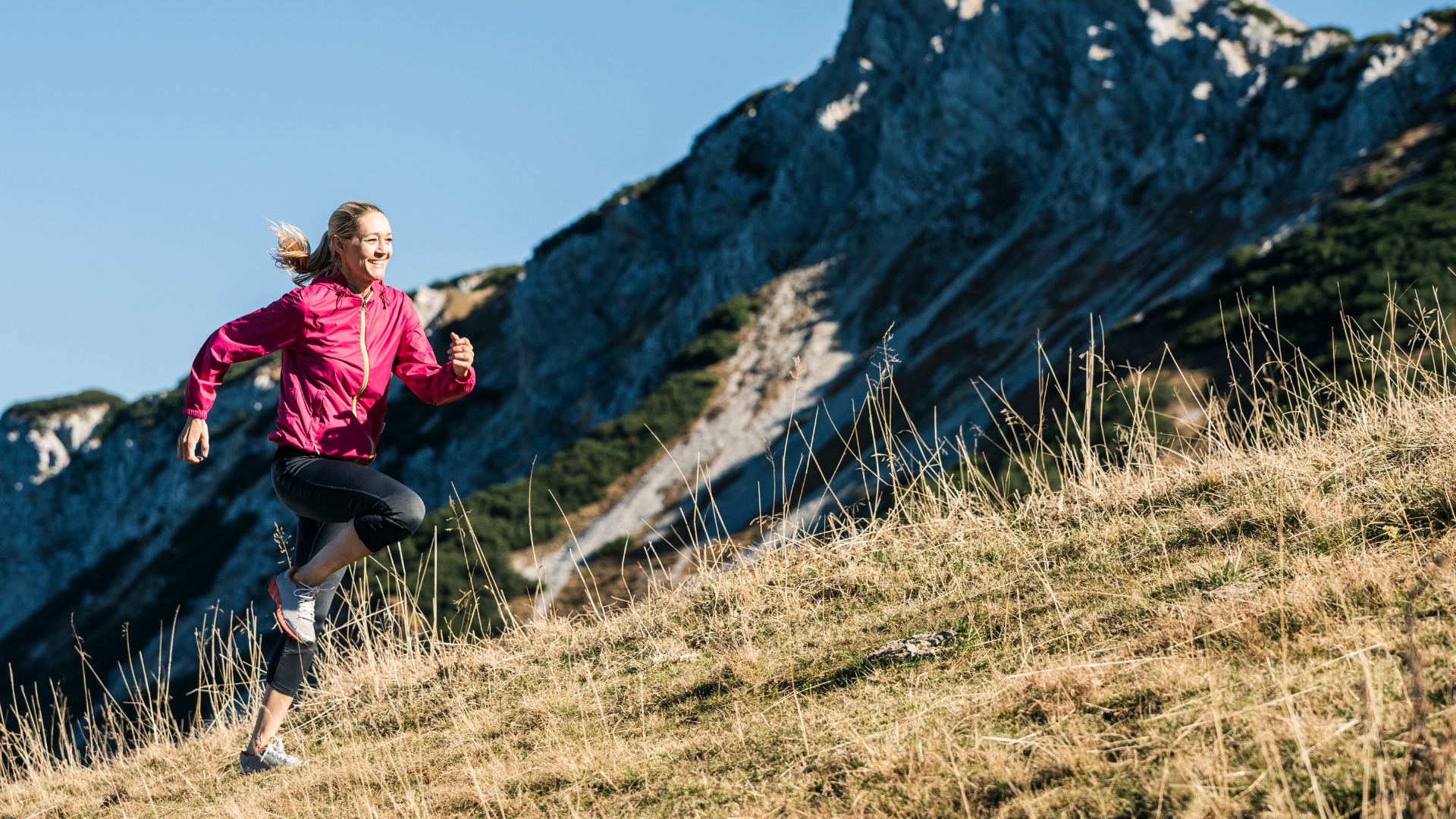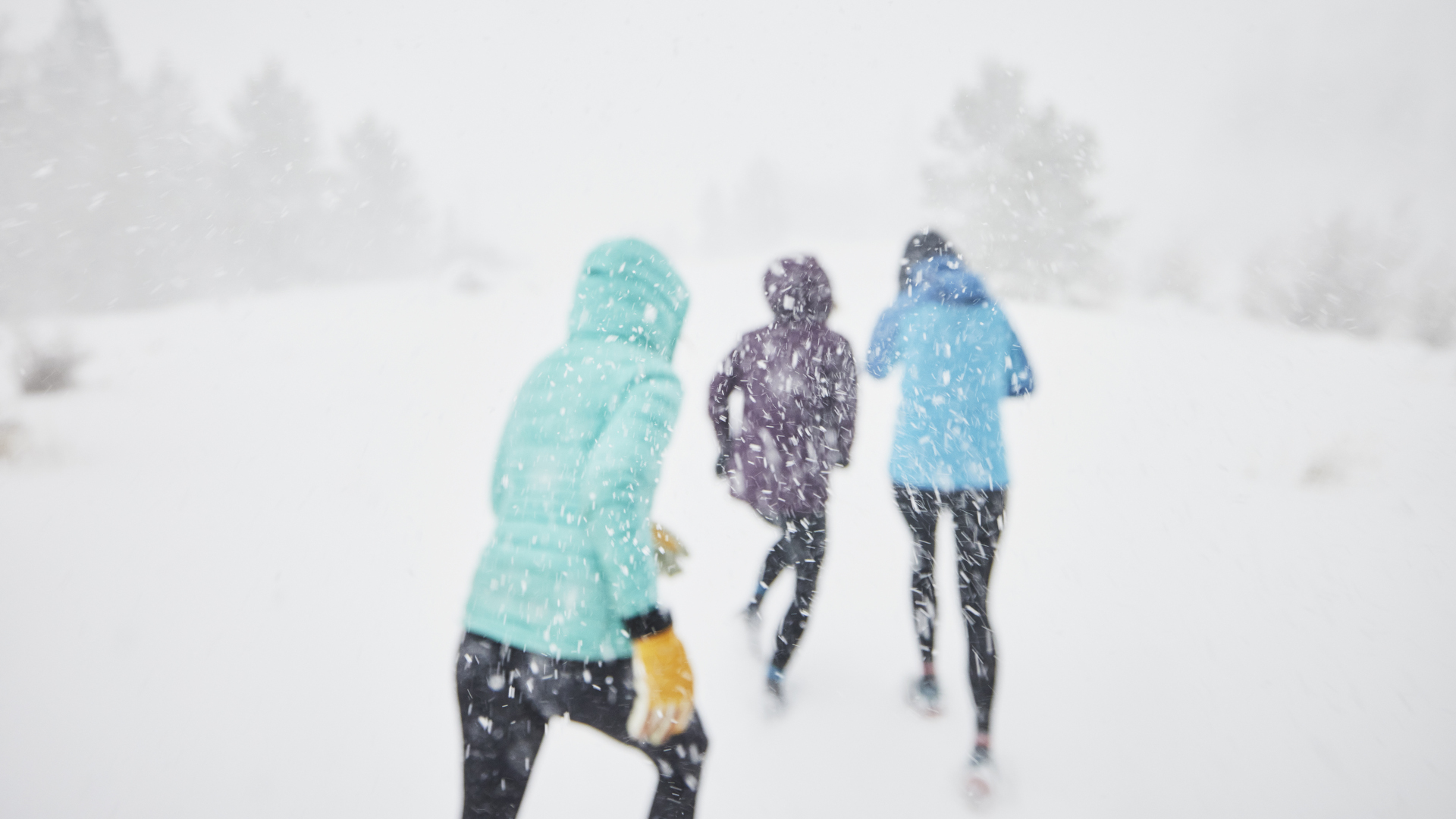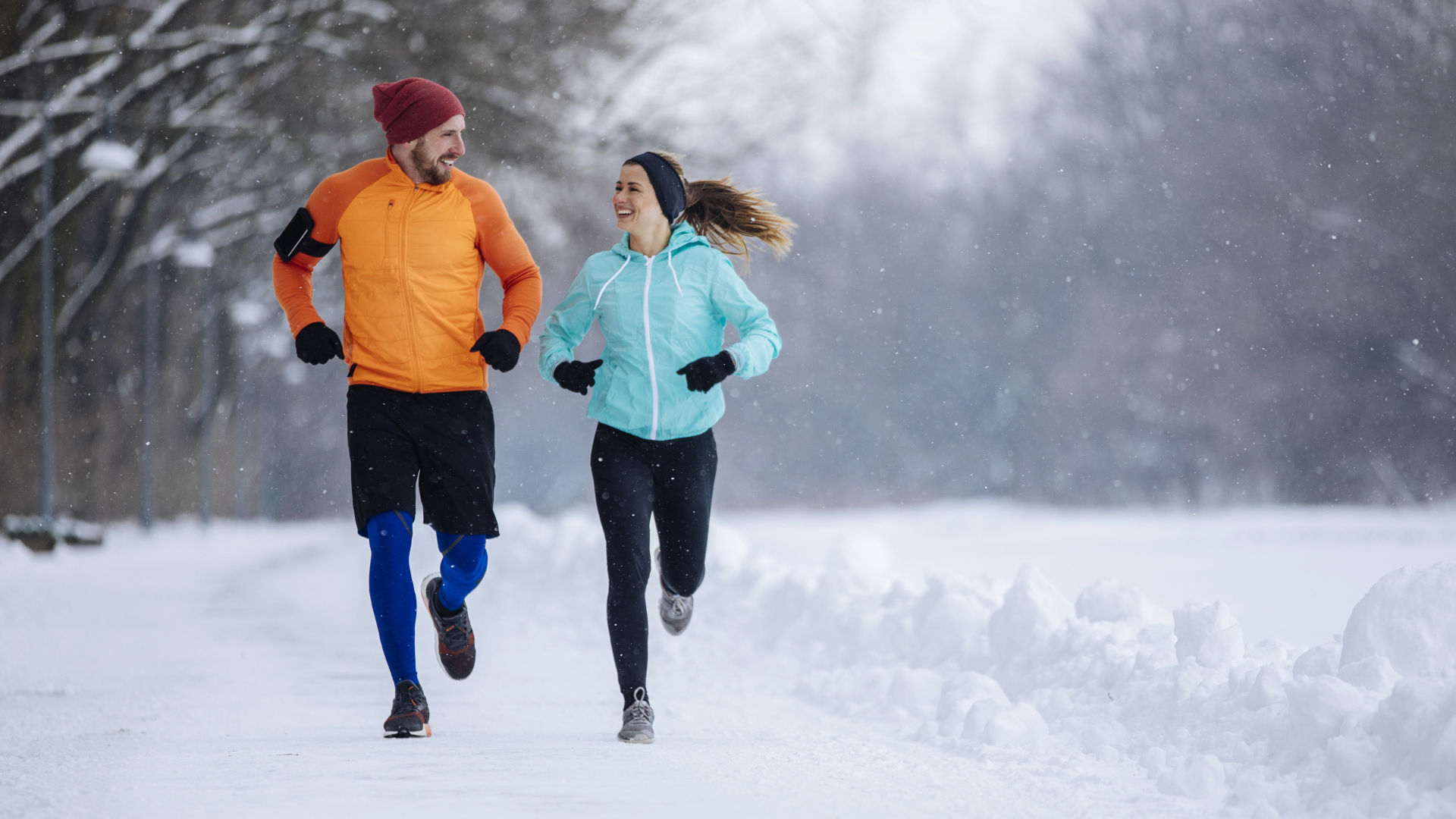Running safety: 11 practical precautions for trail runners
Our trail running safety tips cover everything from planning your route to wildlife safety and calling for help so you can feel confident adventuring on foot

If you’re a trail runner, you probably don’t think of it as a particularly high risk activity. After all, you’re not mountaineering or scuba diving and you’re away from busy roads. And while running isn’t inherently particularly dangerous, any time you’re moving fast over uneven terrain out in the wild, there’s the possibility of getting hurt or lost. Our running safety tips cover simple measures you can take from planning your run to calling for help to give you the skills and confidence you need to keep lacing up your best trail running shoes and getting out there.
While road running can pose risks from humans and cars, trail running carries its own set of menaces, from uneven terrain to wildlife encounters, never mind hunters and weather events like lightning. But as with most things in life, the dangers of trail running can almost always be avoided or reduced with a little planning and preparation, so before you start searching for treadmills on eBay, take a look at our simple, practical trail running safety tips.

1. Make a plan
When you’re running in the wild, it can be really fun to go a little wayward and explore new terrain. Some of your favorite running trails might be found this way. However, you definitely increase your chances of getting lost so it’s a good idea to plan ahead, check out topographical maps of the area you intend to explore and use your best GPS watch or one of the best navigation apps like Komoot on your phone. Not only do these show you your progress, they provide a map so you can find your way back to the car if you go off piste.
2. Communicate your plans
This goes for any type of excursion in the wilderness, including hiking and rock climbing, but it’s important to tell someone where you are going and when you plan to be back. It might seem like overkill when you're just going for a run, but if things go wrong, someone will notice as soon as you don’t return, and they’ll know where to look for you. This can save a lot of important time if you’re in need of rescue.

3. Carry your phone
Though nobody wants to be receiving text messages out in the backcountry, carrying your phone on trail runs isn’t a bad idea. You can’t always guarantee a signal, but if you get one, you can call for help if you get lost or hurt and as we already mentioned, you can use it for GPS tracking too.
4. Wear high visibility clothing
Though you might associate high visibility gear with road running and not trail running, if the trail you use is shared with cyclists, it’s a good idea to have some bright yellow or reflective details, especially if you’re running in low light. Further, if you tend to trail run in an area where hunting takes place, make sure you have a good splash of orange or yellow during hunting season so no one mistakes you for a deer.

5. Practise wildlife safety
Speaking of deer, whereas the main risks of road running are other people and traffic, trail runners often have to contend with wildlife and cattle. You’ll need to research which kind of wildlife you’re likely to encounter in your area and read up on what to do in the event you meet. If you’re in North America, you might need to be aware of safety precautions for bears, mountain lions, snakes and moose while in the UK, cows and wild boar are more realistic. For all instances, you’ll want to know key behaviors to keep you and the animals safe and in some cases you may want to carry protection devices such as bear spray. Remember that wildlife and animal encounters are rare and not implicitly cause for alarm, but you do need to know how to handle yourself.
All the latest inspiration, tips and guides to help you plan your next Advnture!
6. Run during daylight
Generally speaking, running in the dark will present more hazards than during the day, especially since trail runners don’t benefit from streetlights. Hazards include increased risk of tripping and falling or getting lost while certain predatory animals are nocturnal. However, in many parts of the world, daylight is scarce in winter months and your work schedule may not permit for daylight runs. So can you ever trail run at night? Sure, but definitely read our tips for running at night before you go.

7. Check the weather
Unlike rock climbing, you don’t really need to wait for blue skies to go for a run. In fact, many of us love running in a light drizzle. However, weather related incidents do account for some mountain rescue callouts and conditions like heavy rain, ice, high winds and lightning storms do make for dangerous conditions any time you’re adventuring. Use a good weather app and always check the day-of forecast in the area where you’ll be running before you go.
8. Dress properly in cold weather
As we said, trail running is more of a rain or shine activity than other, but you’ll want to change the way you dress for certain conditions. Though there’s no evidence that it can really get too cold to run, you do want to dress suitably when running in below freezing weather. Cover your skin to avoid frostbite and choose sweat wicking materials against your skin (merino wool is preferred by athletes) so you don’t get chilled once you get sweaty, wear a running jacket and cover your ears and neck.

9. Ditch the headphones
Whether or not to run with headphones in is often presented as a personal choice. Do you want to zone out to music or enjoy communing with nature and listen to the sounds of the birds? But in fact, there’s a good safety reason for not wearing headphones, even if you’re not running on the roads. It’s important to be able to hear if there are other people, cyclists or wildlife around you and avoid collisions.
10. Run with a partner
For many of us, running is really about getting away from the hustle and bustle and enjoying nature in solitude, but needless to say, it’s safer when you don’t do it alone. You definitely need to find the right running partner who’s able to keep a similar pace to you and wants to go the same distance, but trail running with a partner can bring lots of rewards, from good company to added motivation and even some healthy competition. Plus, if you get into trouble, there will be someone with you to call for help.

11. Carry a whistle
No one wants to carry a lot of gear when they’re running, and bulkier items like bear horns aren’t likely to be prioritized over water, but a small item that can really help with safety is to carry a whistle. If you get injured and need to help guide rescuers to your location or want to alert wildlife to your presence, a few short blasts of your whistle can be a life saver. Some running vests even come with safety whistles attached.
Julia Clarke is a staff writer for Advnture.com and the author of the book Restorative Yoga for Beginners. She loves to explore mountains on foot, bike, skis and belay and then recover on the the yoga mat. Julia graduated with a degree in journalism in 2004 and spent eight years working as a radio presenter in Kansas City, Vermont, Boston and New York City before discovering the joys of the Rocky Mountains. She then detoured west to Colorado and enjoyed 11 years teaching yoga in Vail before returning to her hometown of Glasgow, Scotland in 2020 to focus on family and writing.

